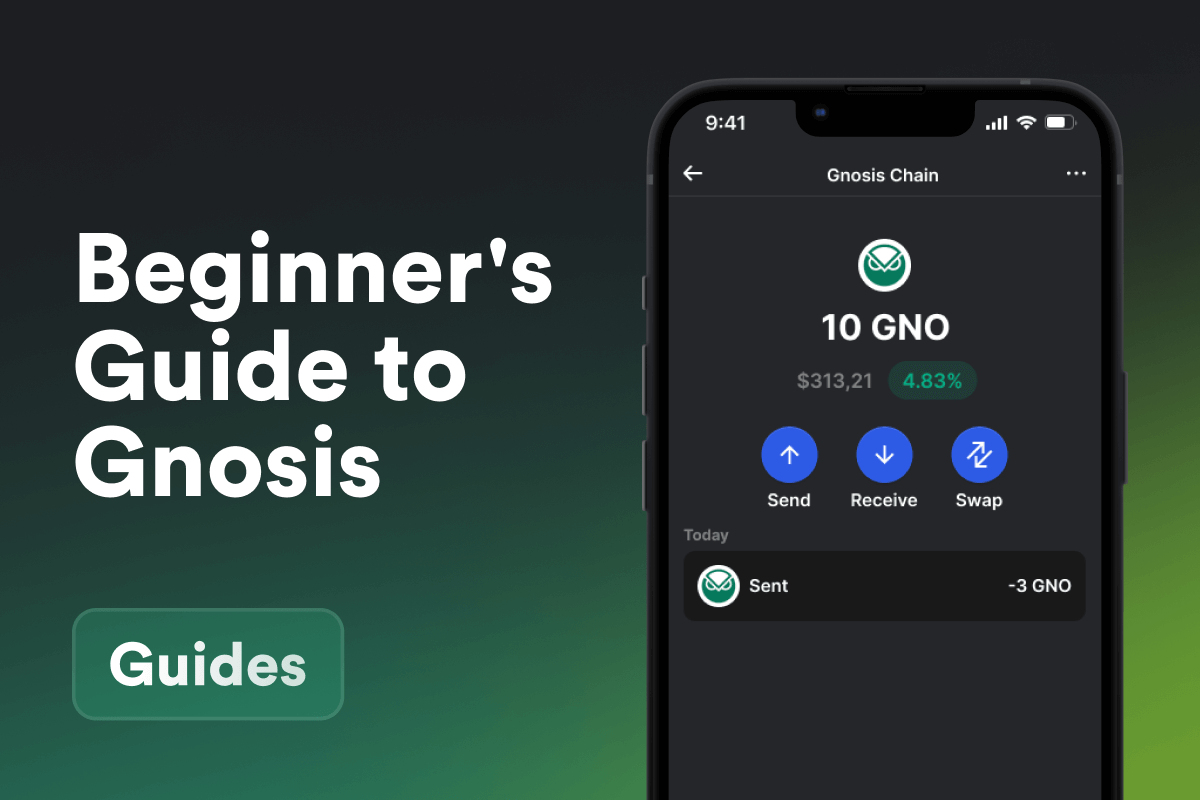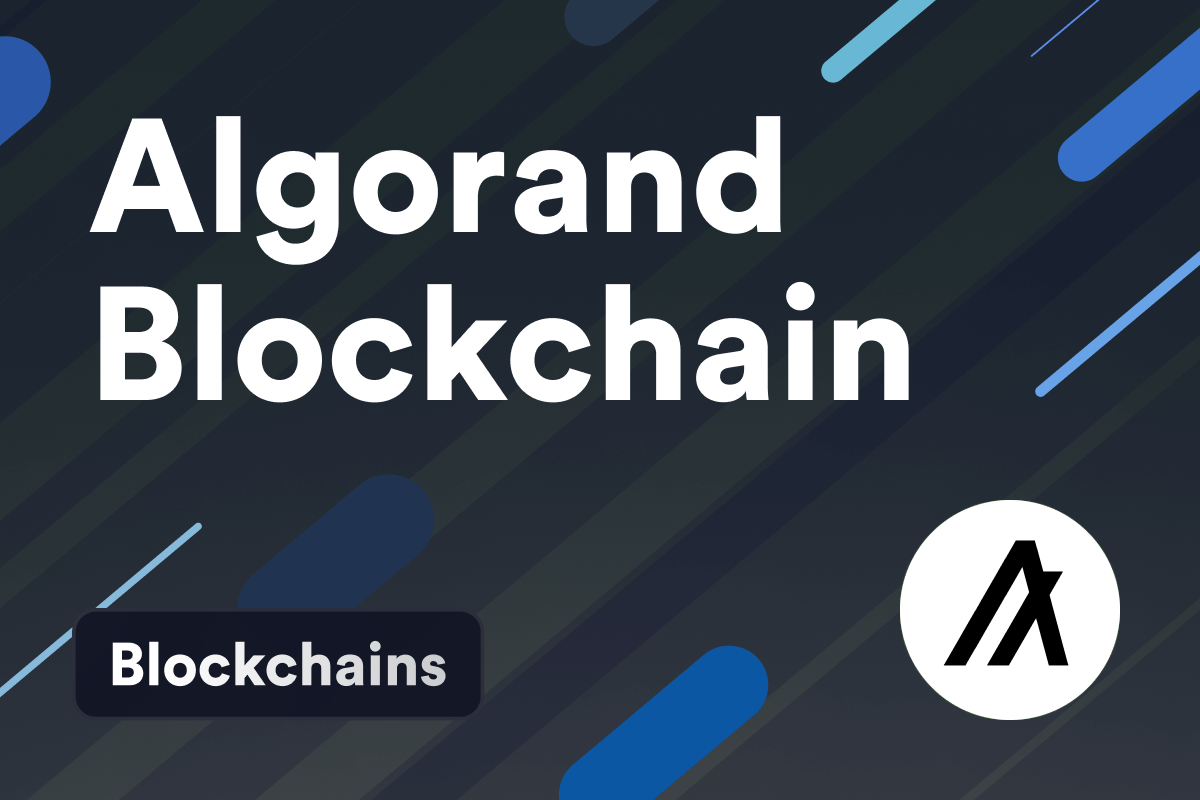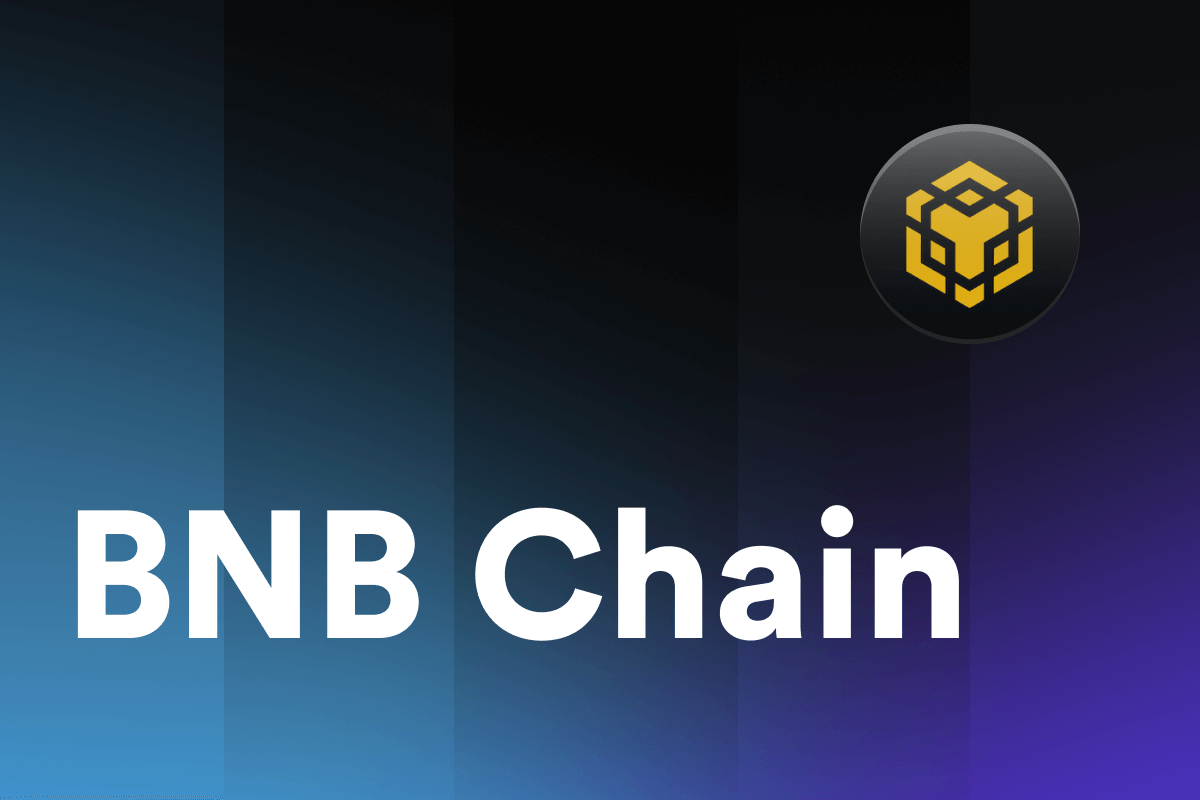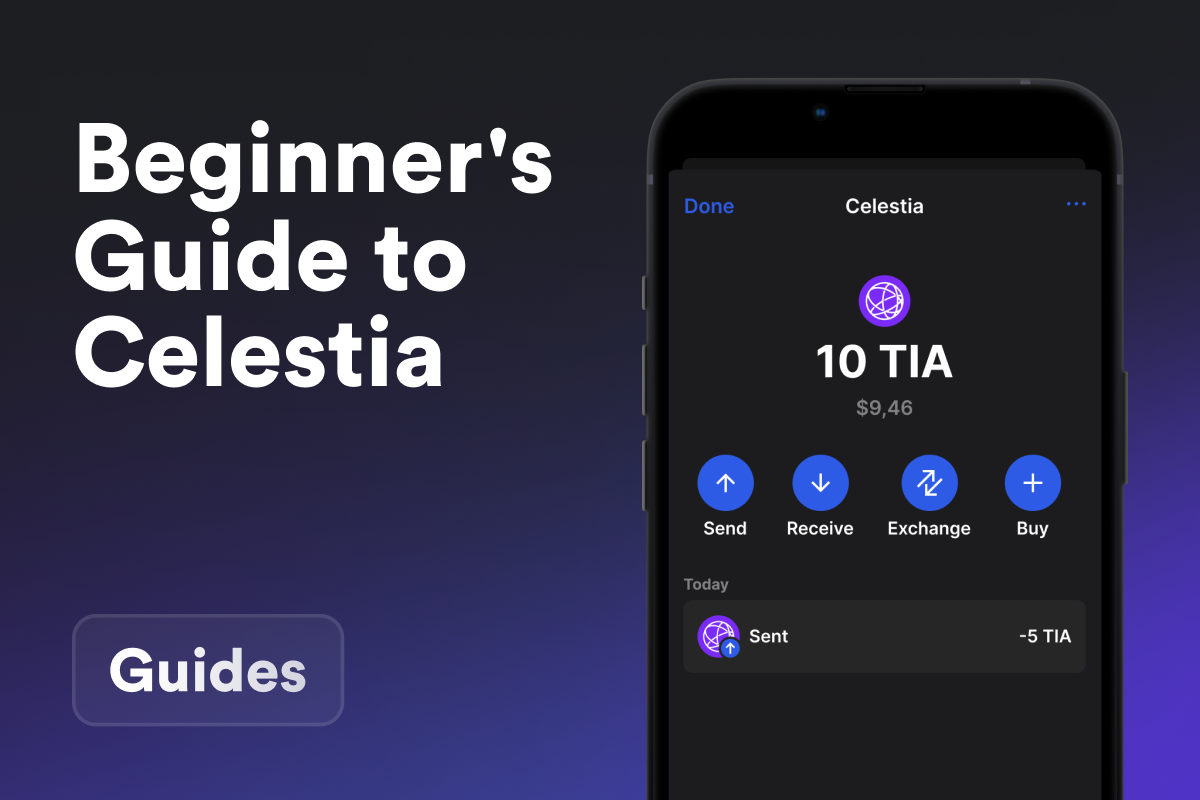
What Is Gnosis Blockchain?
The Gnosis Chain stands as a cutting-edge Layer 2 (L2) network, strategically developed on the robust foundation of Ethereum. It aims to revolutionize the blockchain landscape by offering significant improvements in transaction speed and cost-effectiveness. This layer operates seamlessly atop Ethereum, utilizing its underlying security measures while propelling scalability and user experience to new heights. With its focus on interoperability and efficiency, Gnosis Chain is poised to be a pivotal player in the evolution of blockchain technology, facilitating a more accessible and sustainable ecosystem for a wide range of applications.
Brief History and Development
Gnosis Chain was officially introduced by Gnosis in early 2021, signaling a strategic move into the Layer 2 solutions space atop Ethereum. The network’s testnet was launched as part of this announcement, with the main goal of supporting the development and deployment of decentralized apps (dApps). The public launch of Gnosis Chain occurred later in the year, marking a significant milestone for Gnosis in its journey towards decentralizing finance and expanding its ecosystem.
What You Need to Know About Gnosis Ecosystem
Gnosis could be considered a young blockchain, but thanks to its high-quality product and the reputation of the leading project Gnosis, which is involved in its development, the blockchain’s growth and popularity are rapidly advancing. New dApps emerge daily, and the number of new addresses joining the blockchain sometimes exceeds 100,000. In the Gnosis ecosystem, you can find projects of various themes since the blockchain inherits all the strengths of Ethereum while introducing further improvements and optimizations, simplifying and accelerating application development. Let’s delve into the key sections of the Gnosis universe.
Gnosis NFT
NFTs are also supported on the Gnosis blockchain. While the support for NFTs themselves doesn’t particularly distinguish Gnosis from other blockchains with similar support, the wide range of NFT platforms that support Gnosis NFTs is noteworthy. For instance, you can acquire Gnosis NFTs on the largest NFT marketplace - OpenSea.
Gnosis Bridge
The Gnosis Bridge is a pivotal component of the Gnosis Blockchain ecosystem, designed to streamline the interoperability between Ethereum and the Gnosis Layer 2 network. This bridge enables users and developers to seamlessly transfer tokens between the Ethereum mainnet and Gnosis, ensuring a fluid exchange of assets across different blockchain environments. By facilitating these transfers, the Gnosis Bridge not only enhances the liquidity and accessibility of assets but also supports a more integrated and versatile blockchain ecosystem. This functionality is crucial for the adoption and utility of Gnosis, as it allows for the efficient use of Ethereum’s vast range of tokens and dApps within the Gnosis environment, bridging the gap between Ethereum’s security and Gnosis’s scalability and low transaction costs.
Note that although using the official Gnosis<>Ethereum bridge is the safest, most reliable method, and carries no additional costs beyond the network transfer fee, it also has its limitations due to the seven-day withdrawal period. This timeframe is embedded within the OP Stack security protocol for transaction verification and final confirmation, and unfortunately, this process cannot be expedited.
However, the Gnosis ecosystem is rich with alternative solutions from third-party developers that can facilitate the exchange of necessary assets without the lengthy wait, though possibly at an additional fee.
Native Token for Gnosis
Gnosis blockchain does have its own native token, GNO. GNO is used for governance and staking within the Gnosis ecosystem. All other tokens you may encounter on the Gnosis platform have been converted through bridges from Ethereum tokens (such as ERC20).


